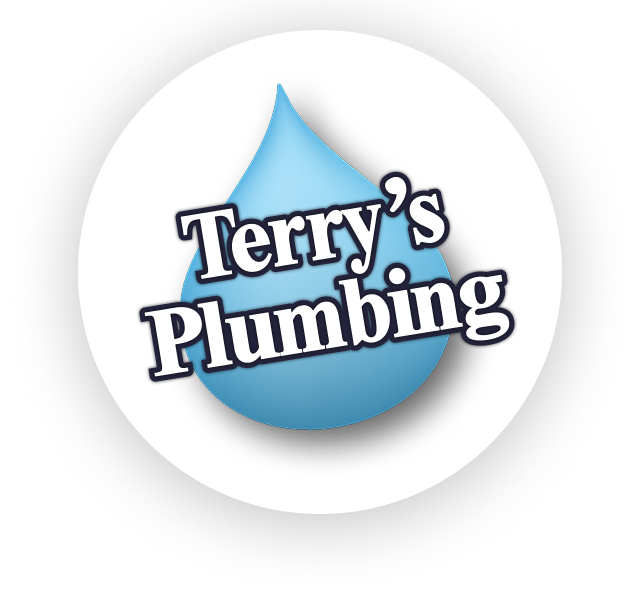Pro TIps
Sump Pump Installation and Maintenance For Pittsburgh Homes
The city of Pittsburgh is certainly no stranger to rain. Studies have shown that Pittsburgh actually averages above 37 inches per year in the last 30 years. Combine that fact with a city that is comprised of hills and older housing units and you have a flood just waiting to happen in the basement of your home. In fact, just this past June, the city experienced flood problems in numerous local residencies causing immense property damages. To avoid these kinds of instances, it is extremely important to ensure that you have correctly installed and maintained your home’s sump pump.
What Is A Sump Pump?
Sump pumps are pumps that remove water from some sort of “sump basin” in any home. Typically, these pumps are located in the basements of homes to help remove water from the property and prevent disastrous basement flooding. After the water goes down your basement drain, it doesn’t automatically leave the confines of your house. A sump pump is usually responsible for displacing the water somewhere else such as storm drains, dry wells or sanitary sewers (although this is not recommended). The pump’s sole responsibility is to control the amount of water in your home. Think of the sump pump as the workhorse for making sure that your basement is free from water damage during the area’s hard rain storms.
Sump Pump Maintenance
To ensure that your basement stays immune to flooding year-round, it is important to maintain both your sump pump and the sump basin that it lies in. First, you must determine how often that you need to check on your sump pump. The general rule of thumb is that sump pumps should be inspected at least once a year. However, in Pittsburgh homes it may be more beneficial to check your pumps more often due to the high volume of rain that is experienced throughout the year. Many sump pumps also come with flood alarms that can alert you if the pump is backed up and unable to clear out water from your basement.
When inspecting your sump pump, make sure to clean up any gravel, dirt, sand or any other kind of leftover debris you find. Always be sure to clean the check valve and make sure the discharge line opening is clear of any obstructions. Regularly cleaning your sump pump is vital because even just a partially obstructed sump pump is subject to overheating and failing. This failure could cause extremely costly damages to your home.
Types of Sump Pumps
There are two types of sump pumps that are common in most homes: Submersible and Pedestal.
Submersible Pumps: These pumps are completely submersed underwater and are usually enclosed in some sort of waterproof housing that protects them from water damage. This type of sump pump uses a grate to suck up water so that only the water is taken in and any debris is left behind.
Pedestal Pumps: These type of sump pumps are kept above water by “the pedestal”, even when the basin is completely full. To get the water out, an inlet pipe reaches down into the basin to remove the excess water. These pumps are louder since they tend to be out of the water.
Sump Pump Installation
If you choose to replace your sump pump manually, it is extremely important to know how to correctly install your pump. Incorrect installation could lead to costly damages to your basement and property. Sump pumps must be carefully inserted into the basin and then connected to a check valve to ensure that the water is removed from the property. If you are thinking about having a sump pump installed, don’t hesitate to call your local plumbing service immediately.
